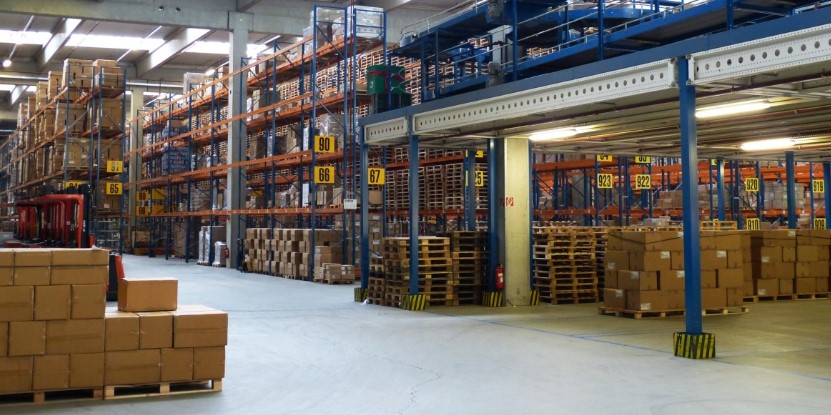Vendor Managed Inventory VMI
Contents |
[edit] Introduction
Vendor Managed Inventory (VMI) is a business model in which an organisation sets up an arrangement with a vendor and the vendor not only supplies goods but also manages and optimises the inventory from various distributors.
[edit] Establishing the relationship
This arrangement allows the organisation to delegate responsibilities associated with procurement and supply chain management to a third party service provider. This service may be handled by a vendor that provides parts, equipment and maintenance, repair and operations (MRO) materials. By being relieved of certain activities, a company is able to focus on its core competencies and forward planning activities while asking its service provider to enhance value chain engagement.
A Vendor Managed Inventory (VMI) arrangement is sometimes used by small to medium sized businesses that do not have the in-house expertise to manage supply chain logistics or the space to maintain stock. The arrangement relies on clear communication between the organisation and the vendor in order to ensure proper inventory levels are available.
Some vendors provide the warehousing facilities for materials. Others manage inventory in space that is located directly on the organisation’s premises.
[edit] Advantages and disadvantages
Vendor Inventory Management is a form of business process outsourcing (BPO). As with many outsourcing arrangements, both the organisation and the service provider are exposed to some degree of risk. The parties become dependent on one another for success and this requires a change in culture, attitude and procedures throughout the supply chain.
For the customer, the benefits can include:
- Staff are free to focus on core competency areas.
- Inventory levels can be monitored and managed efficiently.
- Supply chains can be managed in an expert and proactive manner.
- It gives the client the opportunity to learn about inventory management best practices from the vendor.
Customer disadvantages can include:
- Reliance on a relationship that may be vulnerable to external factors.
- Less control over inventory issues.
- Possible security concerns over proprietary information associated with the organisation.
- The potential to lose the advantages of open competition from suppliers.
[edit] Related articles on Designing Buildings Wiki
Featured articles and news
RTPI leader to become new CIOB Chief Executive Officer
Dr Victoria Hills MRTPI, FICE to take over after Caroline Gumble’s departure.
Social and affordable housing, a long term plan for delivery
The “Delivering a Decade of Renewal for Social and Affordable Housing” strategy sets out future path.
A change to adoptive architecture
Effects of global weather warming on architectural detailing, material choice and human interaction.
The proposed publicly owned and backed subsidiary of Homes England, to facilitate new homes.
How big is the problem and what can we do to mitigate the effects?
Overheating guidance and tools for building designers
A number of cool guides to help with the heat.
The UK's Modern Industrial Strategy: A 10 year plan
Previous consultation criticism, current key elements and general support with some persisting reservations.
Building Safety Regulator reforms
New roles, new staff and a new fast track service pave the way for a single construction regulator.
Architectural Technologist CPDs and Communications
CIAT CPD… and how you can do it!
Cooling centres and cool spaces
Managing extreme heat in cities by directing the public to places for heat stress relief and water sources.
Winter gardens: A brief history and warm variations
Extending the season with glass in different forms and terms.
Restoring Great Yarmouth's Winter Gardens
Transforming one of the least sustainable constructions imaginable.
Construction Skills Mission Board launch sector drive
Newly formed government and industry collaboration set strategy for recruiting an additional 100,000 construction workers a year.
New Architects Code comes into effect in September 2025
ARB Architects Code of Conduct and Practice available with ongoing consultation regarding guidance.
Welsh Skills Body (Medr) launches ambitious plan
The new skills body brings together funding and regulation of tertiary education and research for the devolved nation.
Paul Gandy FCIOB announced as next CIOB President
Former Tilbury Douglas CEO takes helm.
UK Infrastructure: A 10 Year Strategy. In brief with reactions
With the National Infrastructure and Service Transformation Authority (NISTA).























